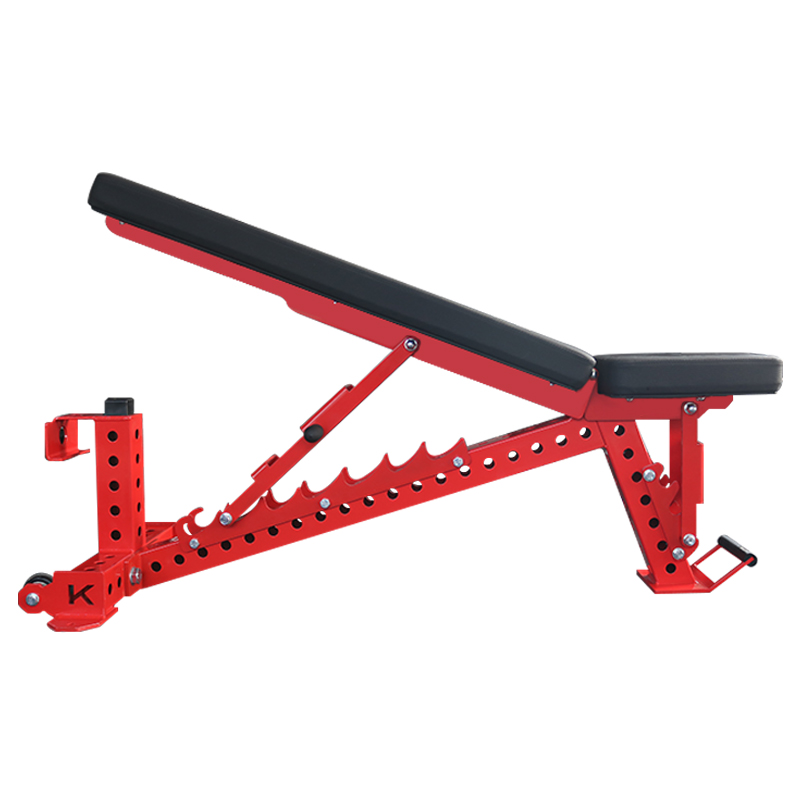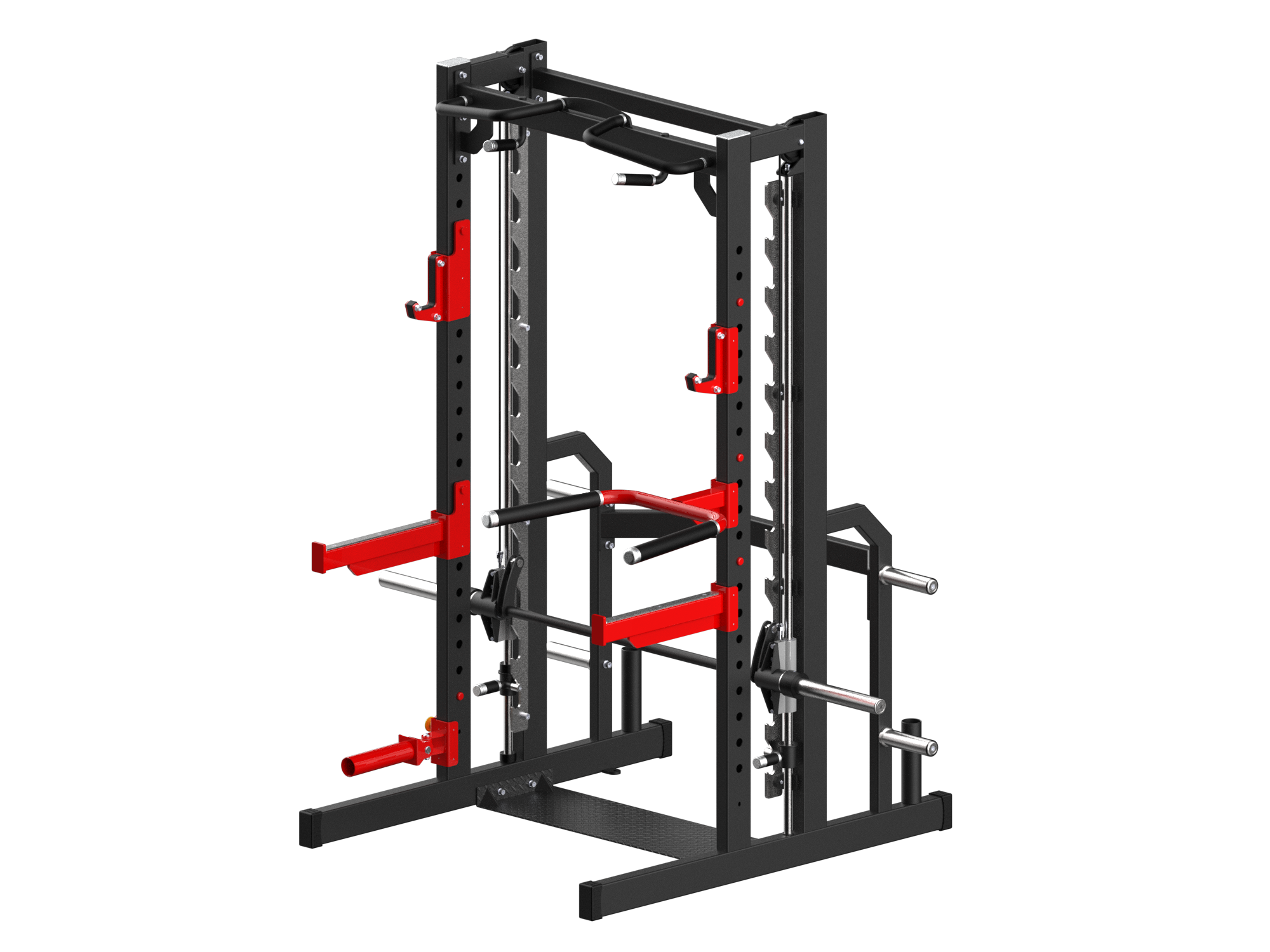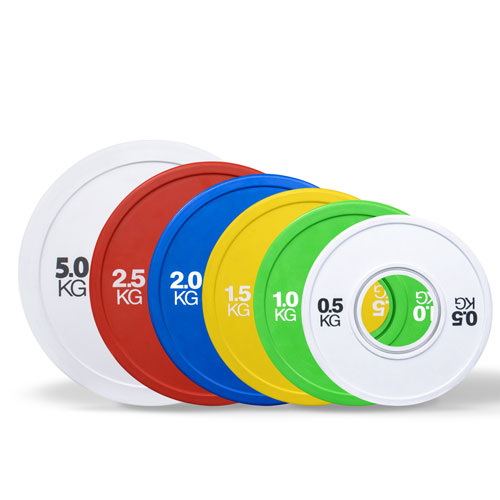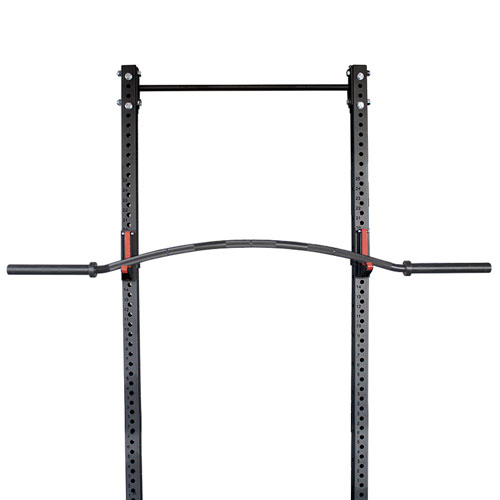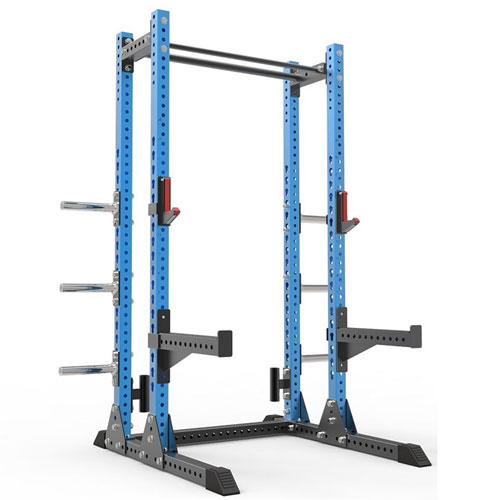5 harjutust kehahoiaku parandamiseks ja valu vähendamiseks
Inimesed on mõeldud liikuma. Me oleme mõeldud püsti seisma. Me oleme mõeldud kõndima pea püsti.
Kuid kusagil sellel evolutsioonilisel teekonnal asetas keegi meie ees lauale arvuti ja andis meile telefoni kätte. Ja me hakkasime tundide kaupa kükitades istuma. Meie lõuad, mis kunagi olid meie kurgust korralikul kaugusel, on hakanud sissepoole kallutama. Meie õlad on kükitanud, meie käigud on kõverdunud.
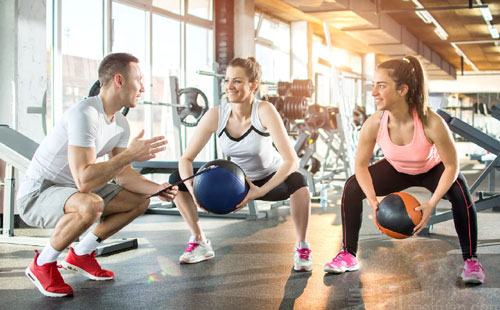
Kui meie pea - mis kaalub umbes 10 naela - kummardub ettepoole, suurendab see meie selgroogu survet kuni 60 naela võrra. Pole ime, et paljud meist kannatavad lihasmassi vähenemise, halva kehahoiaku ja suurenenud vigastusohuga. Füsioloogid nimetavad sellest tulenevat seisundit ülemise ja alumise ristumise sündroomiks.
Orangetheory Fitness'i tunnid võivad muidugi aidata neid ja ka palju muid tänapäeva tüütusi korvata. Oluline on kanda nende 60 minuti hoogu üle kogu ülejäänud ellu.
See tähendab, et liikumine peab olema prioriteediks kogu päeva jooksul, nagu ka tervislike toitude planeerimine ja aja veetmine lähedastega. Kui te seda teete, tunnete end paremini ja teil on rohkem energiat igapäevaste ülesannete täitmiseks.
Aaron Santiso, füsioterapeut ja Orangetheory meditsiinilise nõuandekogu liige, pakub neid venitusharjutusi, mis aitavad meid kogu päeva jooksul tugevana, joondatuna ja püsti seistes hoida. Mõned tema poolt soovitatud venitused on nii lihtsad, et võite mõelda: "Kuidas saab see aidata?". Usalda teadust. Usalda teadust.
The name: Upper trapezius stretch
The target: The muscles in your upper back that help you raise your arms.
The reason: When you lift your arms, one shoulder may seem higher than the other. “Your body may be compensating during this movement pattern due to a muscular imbalance and weakness inside your shoulder,” Aaron says.
The method: Sit tall on a chair, grasping the edge of the seat with your right hand. Slowly bend your neck toward your left shoulder, using your left hand to direct your head. Be sure to keep your right shoulder pressed down. Stop when you feel a comfortable pull on the right side of your neck. Hold for 20 seconds; return to starting position and repeat on the left side. Aim for five stretches on each side, whenever you feel the need.
The name: Levator scapulae stretch
The target: If you know even pidgin Latin, you can translate this as raising the scapula — the shoulder blade, the bone that connects the upper arm and the collarbone.
The reason: Like the previous exercise, this helps keep your neck from taking over movements designed for your shoulders.
The method: Again, sit tall in a chair, holding onto the right side of the seat with your right hand. With your left hand on top of your head, tilt your chin toward your left armpit. Keep your posture straight, stopping when you feel a comfortable pull in the back of your neck. Repeat on the left side, holding each stretch for 20 seconds, for a total of five times on each side.
The name: Open-clam exercise
The target: This especially helps alleviate Upper Crossed Syndrome, which is discomfort in the neck, shoulders, chest, mid-back, elbows and wrists. It starts when we hunch over our computers and follows us into the gym, causing poor form and leading to more discomfort.
The reason: Who wants rounded shoulders, a collapsed chest, and a chin that juts out? Do this exercise two or three times a week to bring your center of gravity in line with your body.
The method: Lie on your side, knees bent at 90 degrees. Rest your head on one arm; with the other, hold your hip to keep from rolling your body. Lift your top knee an inch into the air, lower, and repeat. This targets the gluteus muscle, which helps stabilize knees, lower back and pelvis. Aim for four sets of 25 to 35 reps on each side, three or four times a week.
The name: Sideline external rotation
The target: Your shoulders and neck, so you can stand and sit tall without slouching.
The reason: Who wants bad posture? (We’re not seeing any hands being raised here!)
The method: Lie on the floor on your right side, supporting your head with your right hand or with a couple of pillows. With your left elbow at a 90-degree angle, hold a weight no heavier than five pounds in your right hand (any heavier and it could negatively affect your rotator cuff).
Tõstke hantlit aeglaselt veidi üle küünarnuki kõrguse, säilitades selle 90-kraadise nurga, hoides samal ajal hantlit paralleelselt põrandaga. Tehke seda 15-25 korda; korrake teisel poolel. Tehke seda kolm kuni neli korda nädalas.
The name: Hip flexor stretch
The target: The muscles basically responsible for lifting your legs and knees toward your body.
The reason: This counteracts the stiffness that develops when we sit too much, which the average American does for 13 hours a day. Sitting shortens these muscles and can bring about lower back pain, so stretching them is imperative.
The method: Start in a kneeling lunge position, right knee bent at a 90-degree angle over the ankle, left knee on the ground, weight evenly distributed to both legs. Draw in your navel. With hands on your hips, slowly move your body forward till you start to feel a stretch in your left leg.
Sügavama venituse saavutamiseks tõstke käsi venitataval küljel ja pöörake keha sellele küljele. Hoidke 30 sekundit; korrake teisel küljel. See on üks komplekt; tehke veel neli, pigistades kummagi venitatava külje tuharat. Püüdke teha sellest igapäevane harjumus.
Siin on veel mõned näpunäited, kuidas liikuda (peale Orangetheory treeningute muidugi), isegi kui töötate laua taga ja istute suurema osa päevast. Kas need on kasulikud? Palun jagage neid; me oleme ju kõik koos selles liikumisasjas.
1. Kasutage teise korruse tualetti.
2. Tehke kohvi soojendamist oodates tõukeid või triitsepseid, kui ootate kohvi uuesti soojendamist.
3. Iga 30 minuti järel tõuske püsti. Seejärel istuge maha. Seejärel tõuske pooleldi püsti; hoidke 10 sekundit, seejärel tõuske täielikult püsti. Istu tagasi maha. Pea meeles, et iga hetk annab kokku.
4. Istudes tõstke mõlemad jalad põrandalt. Hoidke 10 sekundit või 15 või 30 sekundit. Korrake kogu päeva jooksul.
5. Käige väljas nii sageli kui võimalik. Isegi vaid mõni minut värskes õhus võib alandada vererõhku ja teha imet meeleolule.
6. Hoidke palli oma töölaual. Pane see aeg-ajalt pahkluude vahele. Siruta jalad; hoia paar sekundit, siis painuta neid.
7. Hüdraat. Ärge kunagi olge ilma oma veepudelita. Täitke seda erineval korrusel, tehes kaks sammu korraga.

